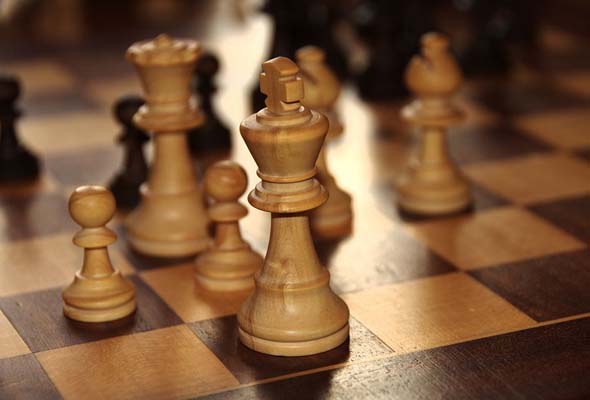Now that the USA and Iran have reconciled, perhaps banners in Tehran excoriating the Great Satan will be replaced by ones hailing the great rapprochement.
The time is ripe to take stock of the western world’s debt to the Persian language. Until a century ago Persian was the cultural lingua franca in many parts of Asia. Persian was the first language in Muslim civilization to break through Arabic’s monopoly on writing.
Poetry in Persian, particularly the Rubaiyat of Omar Khayyam, was established as a tradition in many eastern royal courts.
Whereas one can argue that before the 20th century the French language was largely responsible for food terms in English, Persian has been equally providential with many words bequeathed to us for clothing and fabric. The word “scarlet”, from the Persian saqalat, arrived in the 13th century, originally referring to any rich cloth, often of a red colour. It would take two centuries before its primary sense was its hue. “Taffeta” arrived a century later to English and at first designated a plain-wove glossy silk of various shades; more recently the word designates a bright, lustrous silk. In the 16th and 17th centuries, many other Persian clothing-related words were added to English, such as “shawl” from shal, “cummerbund” from kamar-band, “khaki” that ultimately comes from the Persian word for dust, khak.
“Turban” derives from dulband, as does the flower tulip because of its supposed resemblance to a turban.
Many words change meanings over time as is the case with “pyjamas.” It is first seen in English in the beginning of the 19th century. Originally it referred to loose trousers usually of silk or cotton tied around the waist and worn by both sexes in some Middle East and Asian countries. The word derives from the Persian pay-jama where pay means “foot” and jama means “garment.”
Aside from words changing meaning, we also see a process where the sound of the words alter dramatically. This is what happened when the Persian saqalat meaning “rich cloth” was absorbed into Old French as escarlate, before becoming “scarlet” in English. We see a similar transformation with the word “seersucker.” Although this word sounds like it describes a soothsayer who has been duped, I assure you that this material’s origins are far more wholesome.
“Seer” is a corruption of the Persian sheer for “milk” and “sucker” is a transformation of sharkar, “sugar.” Hence sheer o shakkar, “milk and sugar” is essentially a metaphor for two things that go well together, although very different. Originally, sugar was quite rough and coarse with a darkish colour and this contrasted with smooth, white milk. So seersucker is in fact a combination of different colours, normally a light stripe contrasted with a dark one, and different textures.
This is not to say that all Persian imports into English relate to clothing and its material. The legions of Alexander the Great were introduced to a Persian delicacy which was composed of a reed garnished with spices, honey and colouring. This Persian treat, referring specifically to the crystallized juice of the sugar cane, was qand from which we get the word candy.
Ultimately, the word “chess” also derives from Persian. The key move in chess, of course, is putting the king in check and the word chess derives from the plural of the Old French eschec, which was rendered as esches. But Old French eschec originated from the Persian word for king, shah. When an ancient Persian chess player had his opponent’s king trapped, he’d announce shah-mat, “the king is dead,” to which I add “long live loan words.” As one can discern shah-mat sounds almost identical to “checkmate.” However, the name for the game in Persian is charang which denotes the four members of an army, namely horses, elephants, foot-soldiers and chariots.
I would like to think that the agreement between US and Iranian negotiators had been effected while sitting around a divan. At first, a devan in Persian meant a small book, then an account book and eventually an accountant’s office.
Eventually, it came to refer to some of the official chambers and finally to the long seat found in many of these rooms.
Richler’s book Word Play: Arranged & Deranged Wit will be published in April 2016.





Be the first to comment on "The Word Nerd: How Persian words were bequeathed to anglos"